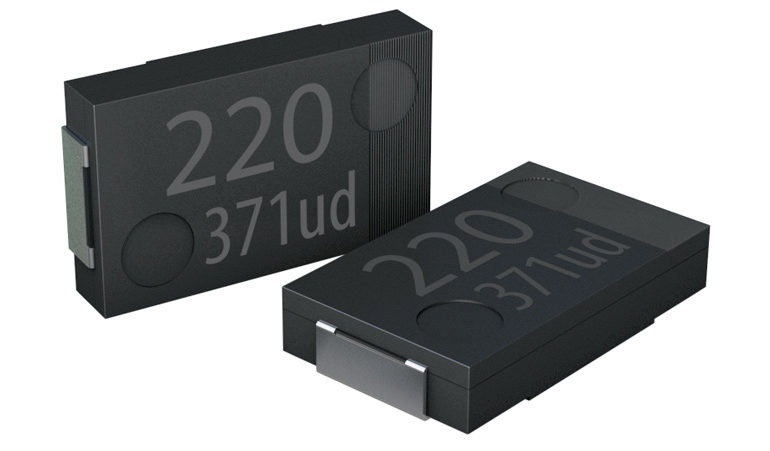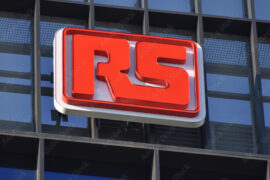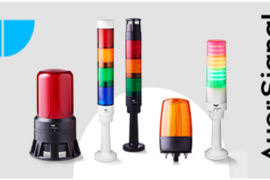Rutronik has a range of Panasonic polymer capacitors which it says can overcome the current shortage and very long lead time problems associated with multi-layer ceramic capacitors (MLCCs) and offer significant performance improvements in many areas too.
Engineers can specify a capacitor that is not only readily available but offers design and end user benefits also.
Four types of polymer dielectric capacitors are available including chip and can types and in surface mount (SMD) and through hole mounting versions (THT).
Unlike MLCCs, there is no voltage derating required with Panasonic polymer capacitors. For example, an MLCC with derating specified at 6.3V or 10V can be replaced with a Panasonic polymer cap rated at just 3V to 5V, and similarly a 25V or 50V MLCC replaced with a 20V to 35V Panasonic capacitor.
Introducing the four different types, Panasonic ‘SP-Cap’ SMD caps are available in capacitance ratings from 2.2 to 560uF and offer the lowest ESL/ESR figures of 1nH and 3mohms respectively.
The ‘POSCAP’ is also an SMD type and comes in values from 3.9 to 1500uF and in small, space saving sizes of 2.0 x 1.25 up to 7.3 x 4.3mm.
The ‘OS-CON’ is a can type capacitor offering voltages ratings of 2.0 to 100VDC and capacitance ratings from 3.3 to 2700uF, making them also a viable alternative to electrolytic capacitors. Panasonic ‘Hybrid’ capacitors offer temperature ratings up to 145 degrees C and are AEC-Q200 compliant.
Polymer capacitors exhibit very similar performance to multi-layer ceramic capacitors when it comes to exhibiting a stable capacitance value over a wide frequency range, and much better than tantalum types.
Also, polymer capacitors offer higher capacitance values than MLCC capacitors and they feature excellent bias characteristics.











Comments are closed.